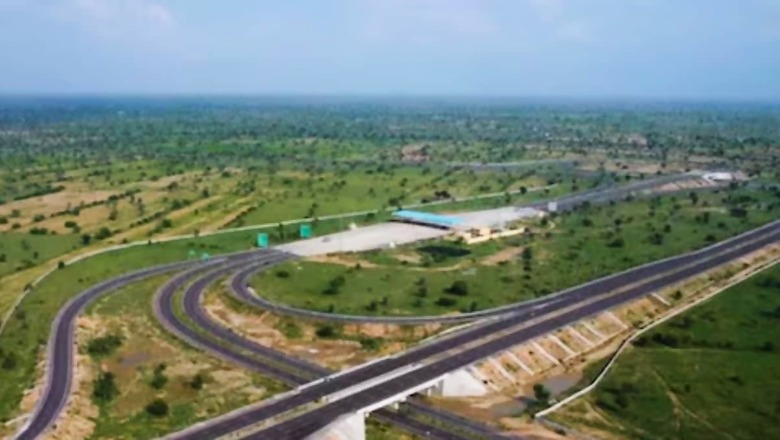
views
As the Ministry of Road Transport and Highway prepares to start a GPS-based tolling from next year, the authorities on Thursday said that an independent agency will supervise the accreditation process of the device and also the software to ensure fairness and transparency.
For GPS-based tolling, called the Global Navigation Satellite System (GNSS), to work, vehicle owners will have to get a non-transferable on-board unit (OBU) fitted in their vehicles, just like a FASTag.
“The Manufacturers of AIS 140 VLT Devices (OBU) shall be accredited by the toll charger agency and the issuer entity before onboarding them to GNSS tolling system. An independent agency shall be engaged by Government/NHAI to supervise the accreditation process to ensure fairness and transparency in accreditation of OBU manufacturers,” the Ministry added.
Further, an independent agency will also be engaged by the authorities to certify the toll charger software.
Earlier this week, the Ministry issued notification for the satellite-based tolling that will come into force from 2025. The notification amending the national highway fee rule, 2008, dated September 9, was issued for facilitating satellite-based tolling in India.
The Ministry envisages to have a hybrid and unbundled OBU and Interoperable Solution software for the GNSS based tolling in India.
During the last meeting of the apex committee in January, the scheme was accepted.
“The hybrid solution allows a transition period of GNSS vehicles along with non-GNSS vehicles,” the Ministry explained.
The unbundled approach also ensures the interoperability with the FASTag. Any issuer entity can be approached to onboard the OBU existing/retrofitted vehicle to GNSS tolling system.
Creating the Ground
A team of officers from MoRTH and NHAI had visited European countries, including Belgium and Germany, to study the best practices in GNSS based tolling.
“The team studied the toll charger software, OBUs and enforcement and validation system and worked on a model best suited to Indian conditions. A draft concept note was prepared to receive suggestions through Global Expression of Interest and International Workshop,” the Ministry added.
The International Conference organised on June 25 attracted more than 600 national and International delegates and more than 500 online participation.
“We received excellent responses in Expression of Interest (EOI) with more than 20 applications in toll charger software and around 15 applications in GNSS lanes,” the statement added.
The Outcome
Based on suggestions in EOI and wider industry discussion, the Ministry planned to implement the GNSS tolling in India in three zones with toll charger and enforcement in scope of the agency and the OBUs will be onboarded through the issuer entity.
The bids are under preparation and are likely to be invited in the last quarter of 2024. The GNSS tolling is likely to start in the first quarter of 2025.
“We are also initiating multi-lane free flow tolling through ANPR (Automatic number-plate recognition) camera and FASTag readers at selected toll plazas and ring roads across India where congestions are observed,” the Ministry said.
The violation cases will be served notices through VAHAN Portal. Failure to pay unpaid toll may lead to restrictions in issue of NOC for change in ownership), fitness certificate and FASTag recharge.
Pilot Completed
Pilot study for implementation of GNSS based user fee collection system was conducted on the Bengaluru–Mysuru Section of NH-275 in Karnataka and Panipat–Hisar Section of NH-709 in Haryana.
A Global Expression of Interest for construction of free flow of GNSS lanes at toll plazas was invited and is in the process of bidding, the Ministry said.



















Comments
0 comment